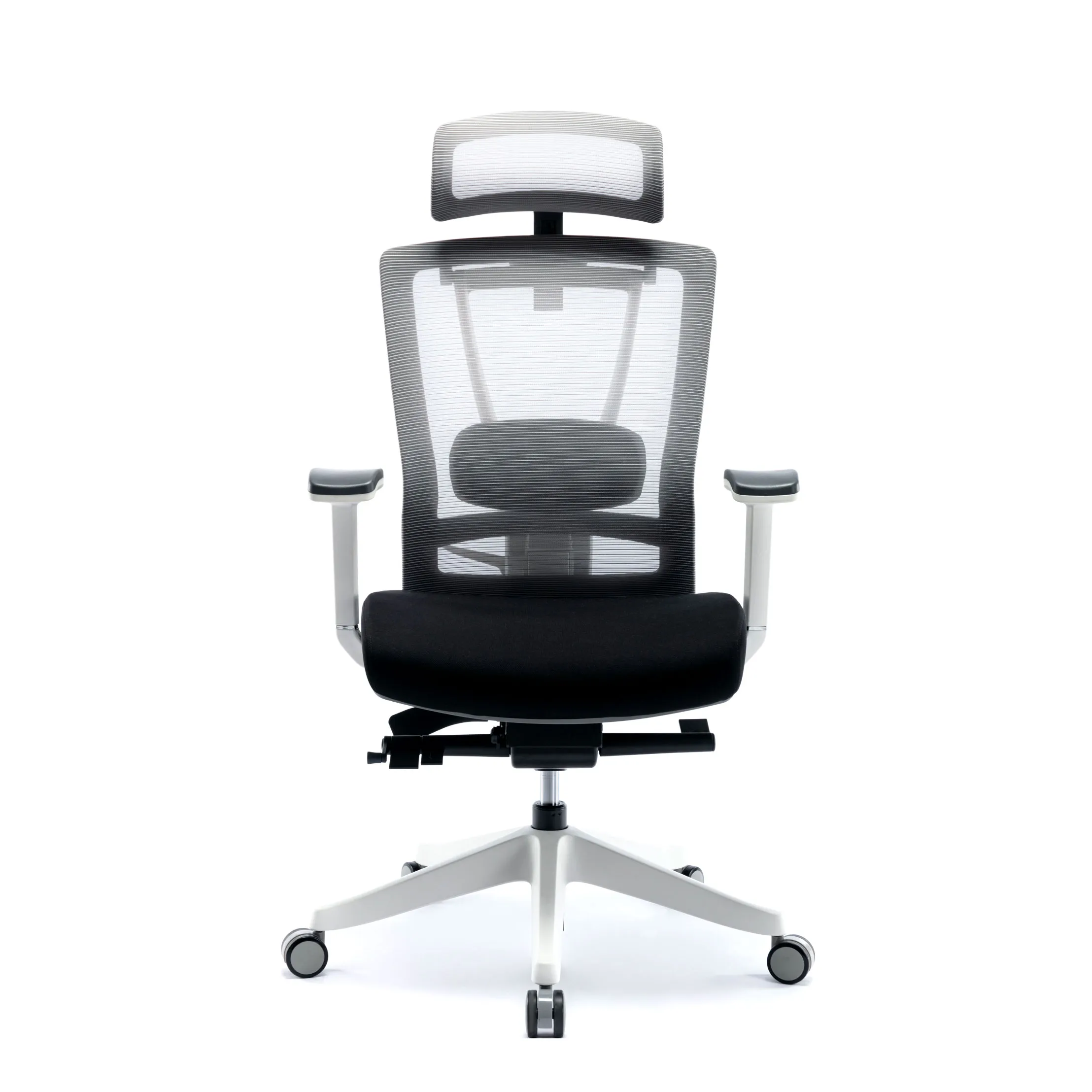In today’s work environment, many of us spend hours seated at our desks, making chair comfort a top priority. A comfortable office chair improves productivity and also contributes to overall well-being. Find here effective tips for improving office chair comfort.
Adjust the height:
One of the most important factors in chair comfort is proper height adjustment. Your feet should rest flat on the floor, with your knees at a 90-degree angle. When your chair is at the correct height, it reduces strain on your lower back and promotes better posture. If your chair doesn’t adjust to the ideal height, consider using a footrest to support your feet.
Use lumbar support:
Proper lumbar support is important for maintaining the natural curve of your spine. Many ergonomic chairs come with built-in lumbar support, but if yours doesn’t, consider using a lumbar cushion or rolled-up towel to support your lower back. This helps alleviate pressure and discomfort during long hours of sitting, reducing the risk of back pain.
Choose quality cushions:
The material and quality of your chair’s cushioning significantly affect comfort. High-density foam or memory foam provides better support compared to cheaper options that may flatten over time. If your chair’s cushioning feels inadequate, consider replacing it with a more supportive cushion. This investment can make a substantial difference in your comfort level throughout the day.
Adjust armrests:
Properly adjusted armrests can alleviate shoulder and neck tension. Your arms should rest comfortably on the armrests with your elbows at a 90-degree angle. If your chair’s armrests are adjustable, experiment with their height to find the most comfortable position. If the chair doesn’t have armrests, consider using a cushion or adjusting your workstation to prevent strain.
Incorporate movement:
Sitting for extended periods can lead to discomfort. To combat this, incorporate movement into your day. Consider using a chair that allows for rocking or reclining, which can help relieve pressure on your spine. Additionally, take regular breaks to stand, stretch, and walk around. This helps alleviate discomfort and also boosts circulation and energy levels.
Personalize your chair:
Finally, personalizing your chair can significantly improve comfort. Add a seat cushion for extra padding, or use a seat cover that suits your style while providing additional comfort. Keeping essential items within arm’s reach can also reduce the need to stretch or twist awkwardly, improving your overall seating experience.




